About Pre/Post/Eros:
In conversation with
Deepanjan Mukhopadhyay
August 6 , 2020By Side x Side Contemporary
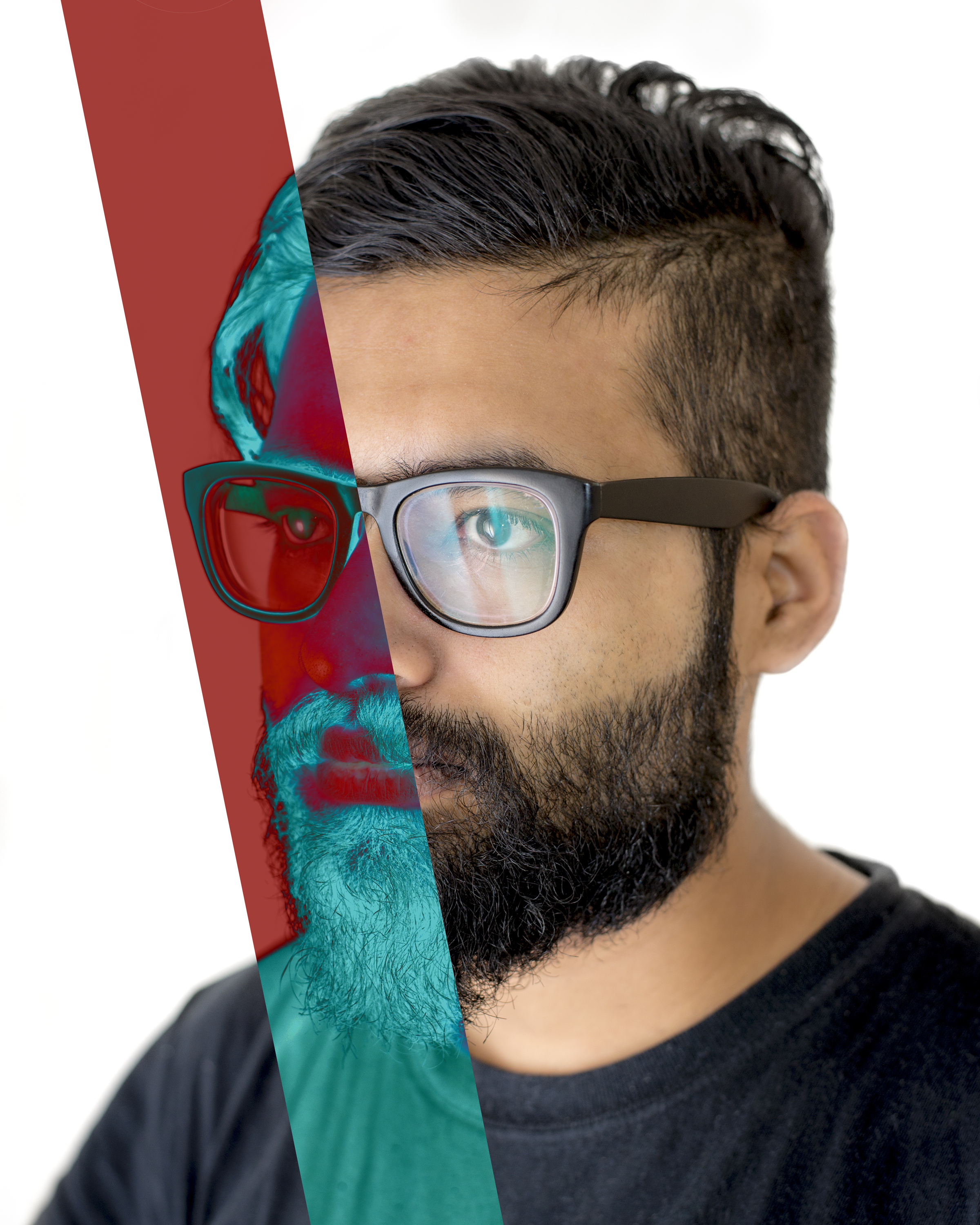
Deepanjan Mukhopadhyay works in photography, video, installation, sculpture, and new media, investigating shifting meanings within post and neocolonialism while still reflecting on the very mediums of representation that he uses. Deepanjan is originally from Kolkata, India, and received his MFA in photography from the University of Georgia. He currently holds the position of Professor of the Practice in Photography at University of North Carolina, Chapel Hill.
Deepanjan’s work has been published in Aperture.org, Burnaway, Aint-Bad Magazine, and PDN Magazine. He has also received honors for his work from Society of Photographic Education, 2015 PDN Photo Annual, and was named one of the Atlanta Celebrates Photography 2017 Ones to Watch. His work has been exhibited in India, Canada, and across the United States in galleries such as Aperture Gallery, New York, NY, and Elizabeth Houston Gallery New York, NY.
Deepanjan’s work has been published in Aperture.org, Burnaway, Aint-Bad Magazine, and PDN Magazine. He has also received honors for his work from Society of Photographic Education, 2015 PDN Photo Annual, and was named one of the Atlanta Celebrates Photography 2017 Ones to Watch. His work has been exhibited in India, Canada, and across the United States in galleries such as Aperture Gallery, New York, NY, and Elizabeth Houston Gallery New York, NY.
I grew up in Kolkata (formerly Calcutta), India. I was not around much fine arts or any artists while growing up, however, I was exposed to some hobby-photography. In my early childhood, I lived in a large household and I remember looking over my uncle’s photographic equipment and flipping through his huge collection of National Geographic magazines. This excited me and I started taking pictures during family vacations. I thought I had a knack for it.
In high school, I became disillusioned with the education system and dropped out. Before this, I wasn’t trying to be a photographer and certainly not an artist. But afterwards, I started becoming even more involved in photography and signed up to be a student and working member of a photography group in Kolkata. After about a year of immersing myself in the activities of this group, I realized that I craved, perhaps needed, a more holistic education in photography, preferably from a fine arts perspective. Although a lot of technical schools in photography existed in India that were specializing in applied fields such photojournalism, fashion, and wedding photography; there were no college-level BFA in photography courses in India at that time. Hence, I came to the US to participate in a BFA program in photography. Later I went through an MFA program, and now I teach at a university. My ideas and interests regarding photography, and art in general, have evolved radically since those early days.
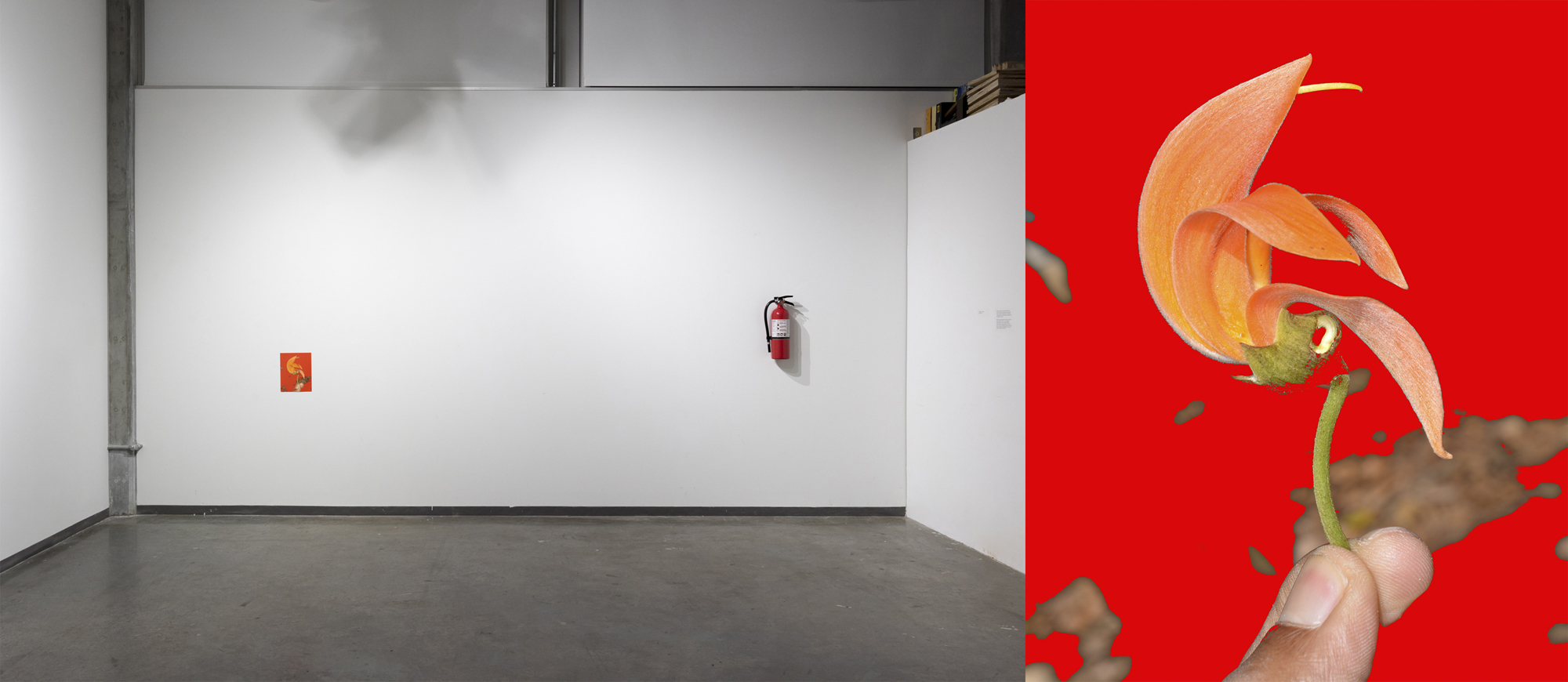
Tell us about the “Pre/Post/Eros” and the overall idea behind this project. Can you briefly describe some of the pieces that you have currently on view in this exhibition?
Pre/Post/Eros is a network of works that I have produced since 2015. I may have other projects and/or bodies of work, but in certain ways, Pre/Post/Eros embodies the primary concepts, gestures, and structures in my work as a whole. And I am continuing to work similarly on a group of works titled Pre/Post/Eros 2.0.
In retrospect, Pre/Post/Eros for myself is about processing my lived experience as a non-citizen in the US - living within Capitalism, attached to the State via institutions, and frequently working in photography. It is also about realizing the core values of making and existing that I will privilege in my art. Conceptually, postcolonialism and transnationalism are broad theoretical lenses that have helped me understand my experiences and therefore I have mapped them onto my work. The most suitable gestures to augment the conceptual aspects of the work have often been appropriation in case of image-based work and readymade assemblages in case of object-based work. Structurally, the work has a post-medium or post-studio tendency, rejecting traditional notions of mediums - be it photography or sculpture. Rather, the mediums are exploited to ultimately serve the politics of the work.
One of the pieces on view is CURSE: A Study in Acts of Violence. This video was produced by collaging together appropriated 3D motion-capture data from gaming, animation, and movie industries as well as research data from Carnegie Mellon University Graphics Lab Motion Capture Database. Motion-capture is a process by which raw human motion is recorded and later overlaid with actors or models on top for use in live action movies or games. This kind of data can also be used for research in human kinematics. The particular data used were recordings of acts of violence such as throwing a grenade or stabbing with a knife. The original 3D data was sampled to make this looped 2D video, where at one moment (around 14s into the video) the motion trails from all the bodies spell out the word CURSE.
The video is accompanied by a quote from Shakespeare’s The Tempest:
“You taught me language, and my profit on’t
Is I know how to curse. The red plague rid you
For learning me your language!”
Is I know how to curse. The red plague rid you
For learning me your language!”
The Tempest is often re-read with a postcolonial lens and these lines are then explored as allusions to the complex relationship of the colonized to the colonizer’s language.

Your work references the idea of labor in a broad context. Also, there is a sense of self-reflexivity and self-referentiality embedded in your work. Can you tell us more about these ideas that you are referencing?
My work deals with labor in a more academic and economic sense of the term, and sometimes explores its contemporary forms at the edges of its definition. There are a couple of ways that labor concerns made their way into my work. First, overwhelmingly the only relationship that non-resident aliens in the US have with the State is via their employment status. These kinds of relationships habitually mimic the dynamics of abusive relationships as observed in the recent F-1 student visa incident where international students were being asked to make a choice between taking in-person courses during a pandemic or leaving their programs and leaving the US. I am allowed to be in the US because of my employment. Often, the desire for moving to the US from South Asia, at least historically, has been to seek a certain kind of class mobility via better employment opportunities. Second, Kolkata, where I grew up, has a rich history of Naxalbari uprising and Marxist intellectualism. The state of West Bengal, where Kolkata is situated was governed by a democratically elected communist party for more than three decades till they were voted out in 2011.
Initially I was working primarily in photography and was struggling to work through or find space within its inherently violent and colonial apparatus. And self-reflexivity was at least one way of holding myself accountable. This self-reflexivity took a more self-referential turn when I started investigating the relationship I had with the western institutions that I existed within - where I study, where my work is exhibited, and where I teach.
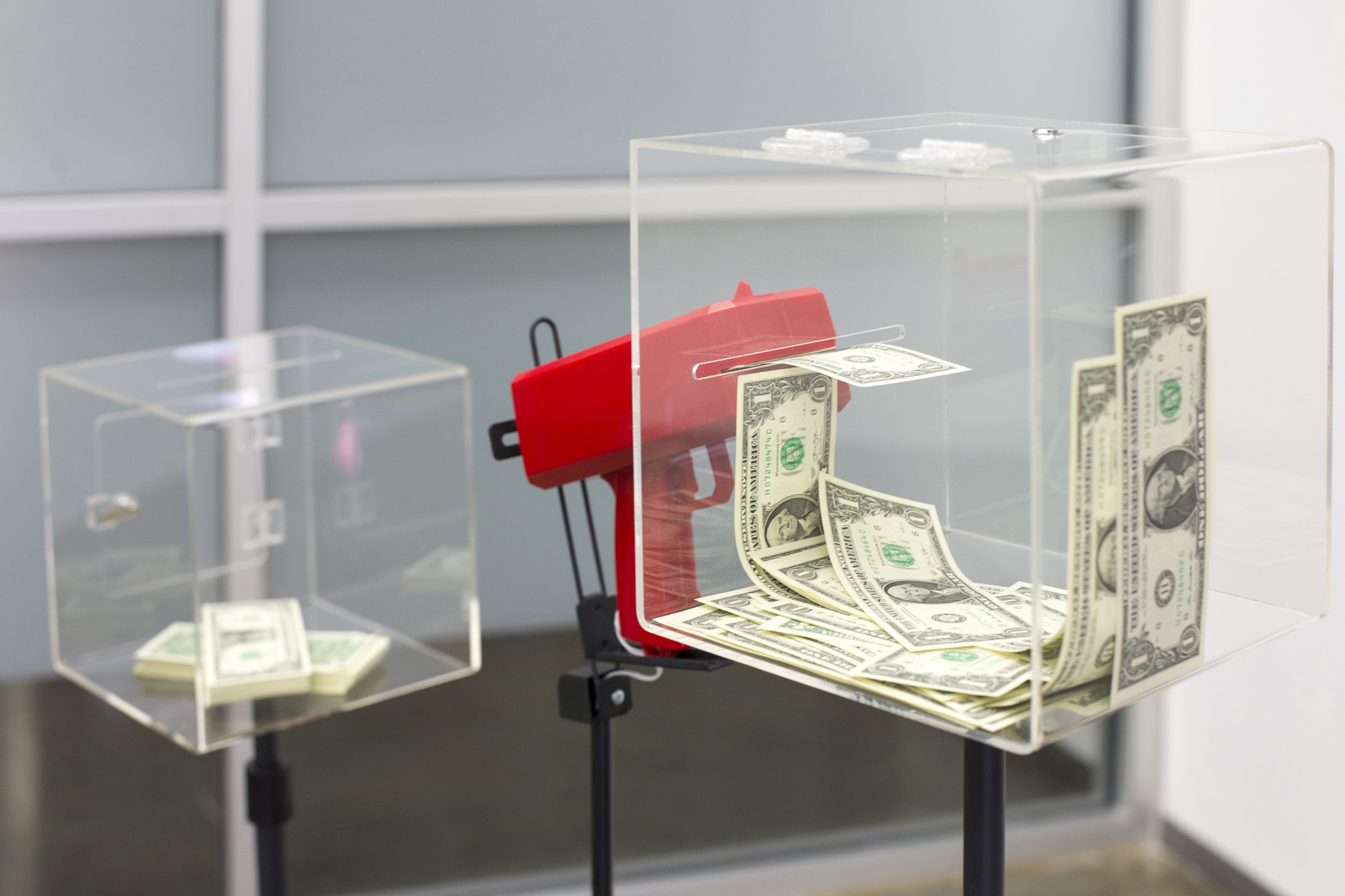
The way you are thinking about and addressing spatial awareness and its relationship to the content of your work is really interesting. Also, in the way you are thinking about physical vs. virtual space in how the work is exhibited. Can you tell us more about this?
My work gradually shifted from more image-based work to mostly object-based work over the years. The object-based work, being readymades, hijacked the ‘slickness’ of modernist design rooted in minimalism, and the use of surrounding institutional space as a metaphoric pedestal for installations. During the shift towards more object-based work, I was also realizing that the connection between objects and images exist in different stages of aesthetics (such as Trompe-l'œil), process (such as photographing still life), and function (such as photographic documentation of 3D work). Instead of works existing in a binary state of either an image or an object, they could fall on a spectrum defined by the three markers above along three axes. And of course, most works today regardless of their original state of being an object or an image are viewed as images on the web. Given this fact, I became more interested in exploring ‘virtual spaces’ that are mediated only via screens, and that actually or via illusion exist as three-dimensional physical space with human perspectives. An example of this is an exhibition I had within the game Minecraft. I am also interested in ‘screen-space’ where again, most art exists today.
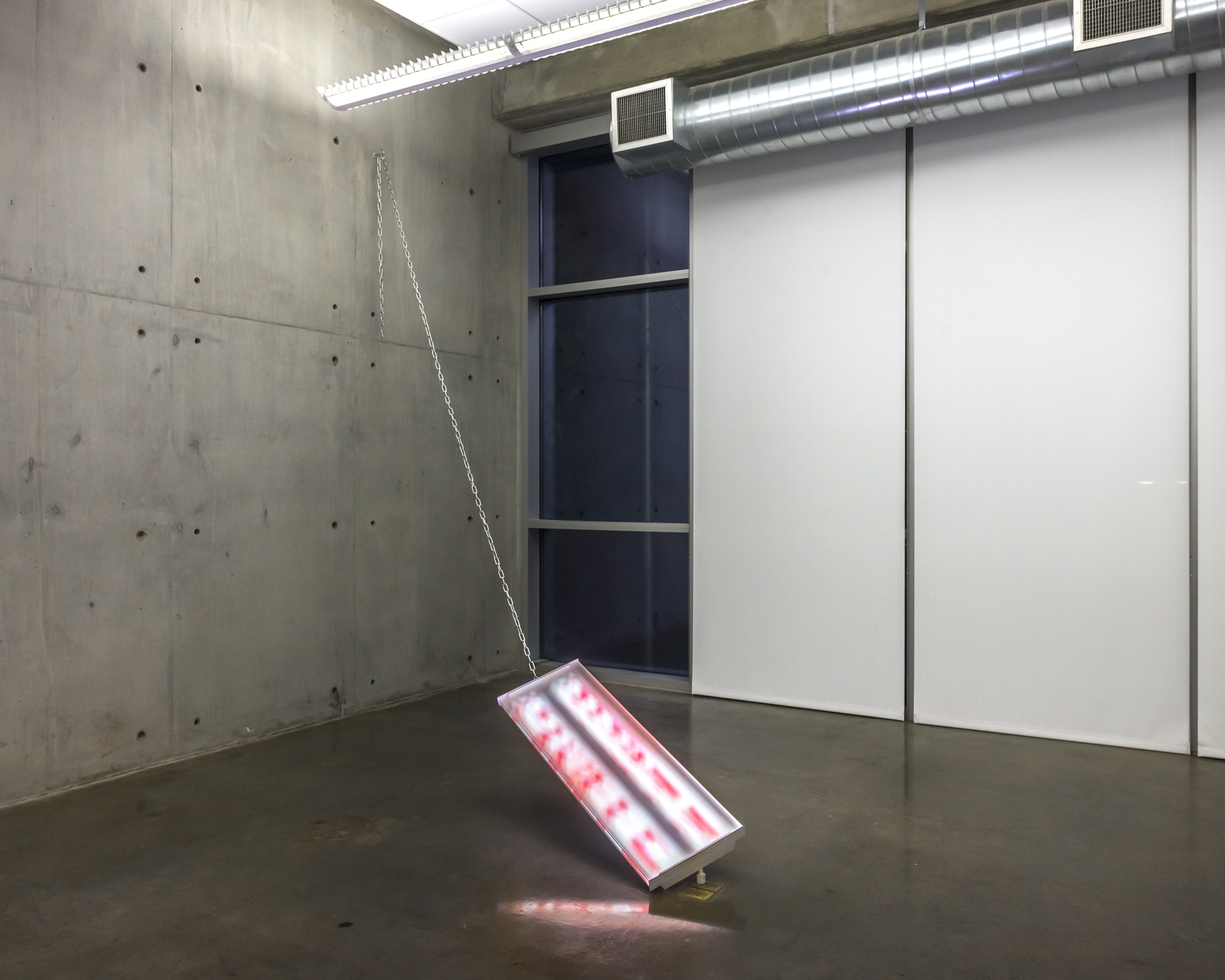
Tell us a bit about your creative process and the ideas behind the material that you engage in your work.
There are a few points of entry for myself into my work. I tend to let ideas percolate before I act on them. I’ll often note ideas down and come back to them over time. Since I am not tied to any medium, process, or material, I prioritize the idea first and then figure out the most distilled expression of the idea via a medium, process, or material. But then, a medium, a process, or a material also carries its own meaning. And sometimes the work, especially if self-reflexive starts with an exploration of the medium or process. Shopping, going to thrift stores, and browsing online marketplaces are a major source of ideas - especially ideas that are rooted in the material, that is, the provenance of readymade objects.
Since my work does not involve an expression of ‘craft’ in the traditional sense or hands-on processes, I get what I call ‘craft-cravings.’ I will watch hours of eclectic YouTube videos on making, such as wood-working, knife-making, 3D printing to name a few, and then if I get a chance, I’ll devote a few days to exploring these hands-on processes. These practices are not directly fruitful to my ongoing work, but they help me stay busy and focused in the studio. For example, over the past few weeks, I have been tinkering with, modifying, upgrading, and building an enclosure for a 3D printer.
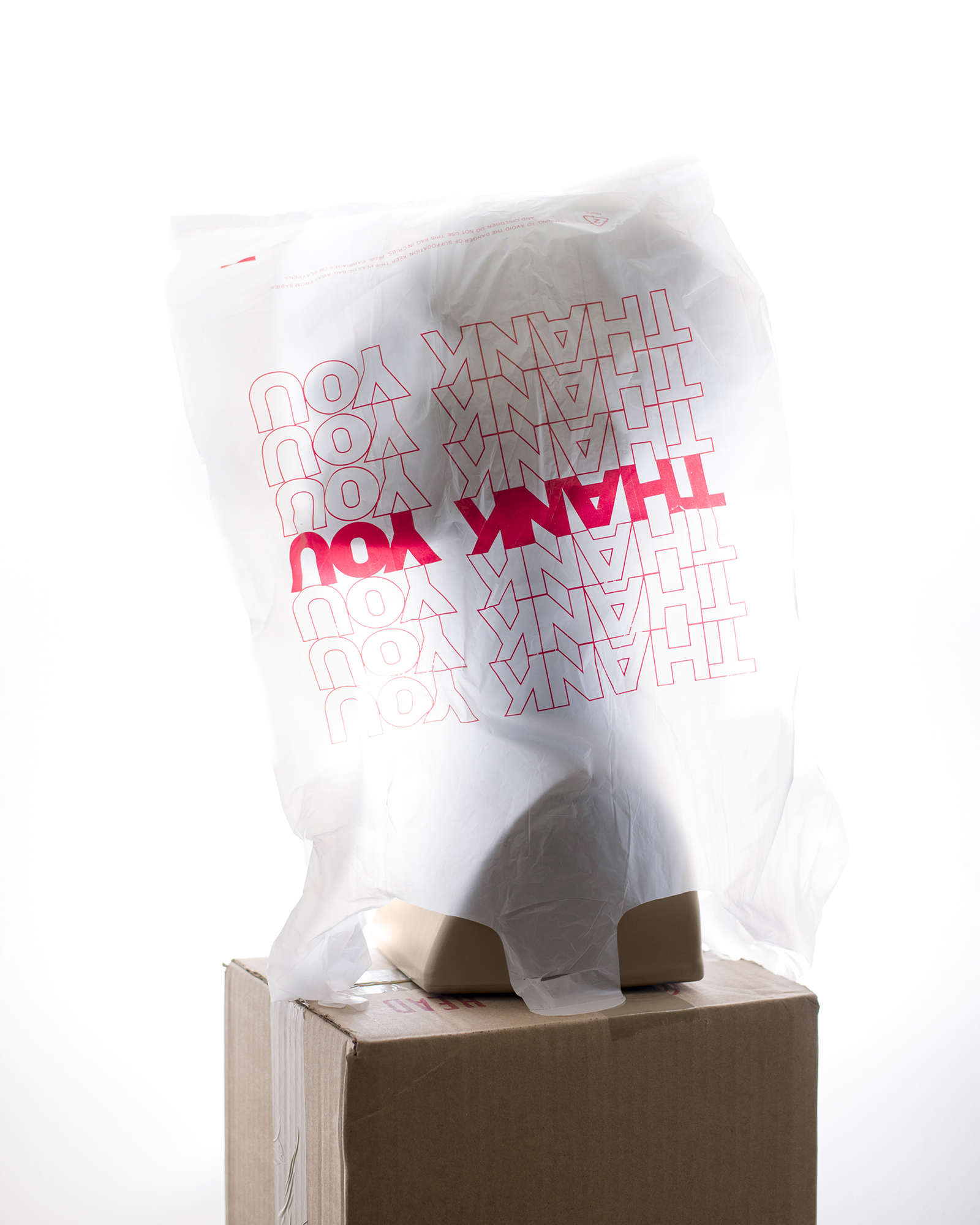
What is inspiring you right now? Are there any resources that you’d like to share with our readers?
Please go to https://linktr.ee/deepanjan91 to find an active list of anti-racist resources related to Black resistance, inclusive pedagogy, photography, letters/demands etc. I am currently working with a group of mainly BIPOC photographers who are trying to process, resist, and create dialogue around white supremacist practices and systemic racism of photographic organizations.
I am not sure if ‘inspire’ is the right word, because a lot of my work comes out of a sense of anger and frustration. But I have been working on a continuation of Pre/Post/Eros. The works in Pre/Post/Eros 2.0 were thought of before the COVID-19 pandemic, yet some of them have become even more appropriate to our economic reality when contextualized in the post-COVID-19 era. These works include the same concerns in my older work and focus on a deliberate conflation of the spectator with the consumer within institutional spaces while homing in on the connection between scopophilia (the love of looking) and consumption.
Please go to https://linktr.ee/deepanjan91 to find an active list of anti-racist resources related to Black resistance, inclusive pedagogy, photography, letters/demands etc. I am currently working with a group of mainly BIPOC photographers who are trying to process, resist, and create dialogue around white supremacist practices and systemic racism of photographic organizations.
I am not sure if ‘inspire’ is the right word, because a lot of my work comes out of a sense of anger and frustration. But I have been working on a continuation of Pre/Post/Eros. The works in Pre/Post/Eros 2.0 were thought of before the COVID-19 pandemic, yet some of them have become even more appropriate to our economic reality when contextualized in the post-COVID-19 era. These works include the same concerns in my older work and focus on a deliberate conflation of the spectator with the consumer within institutional spaces while homing in on the connection between scopophilia (the love of looking) and consumption.
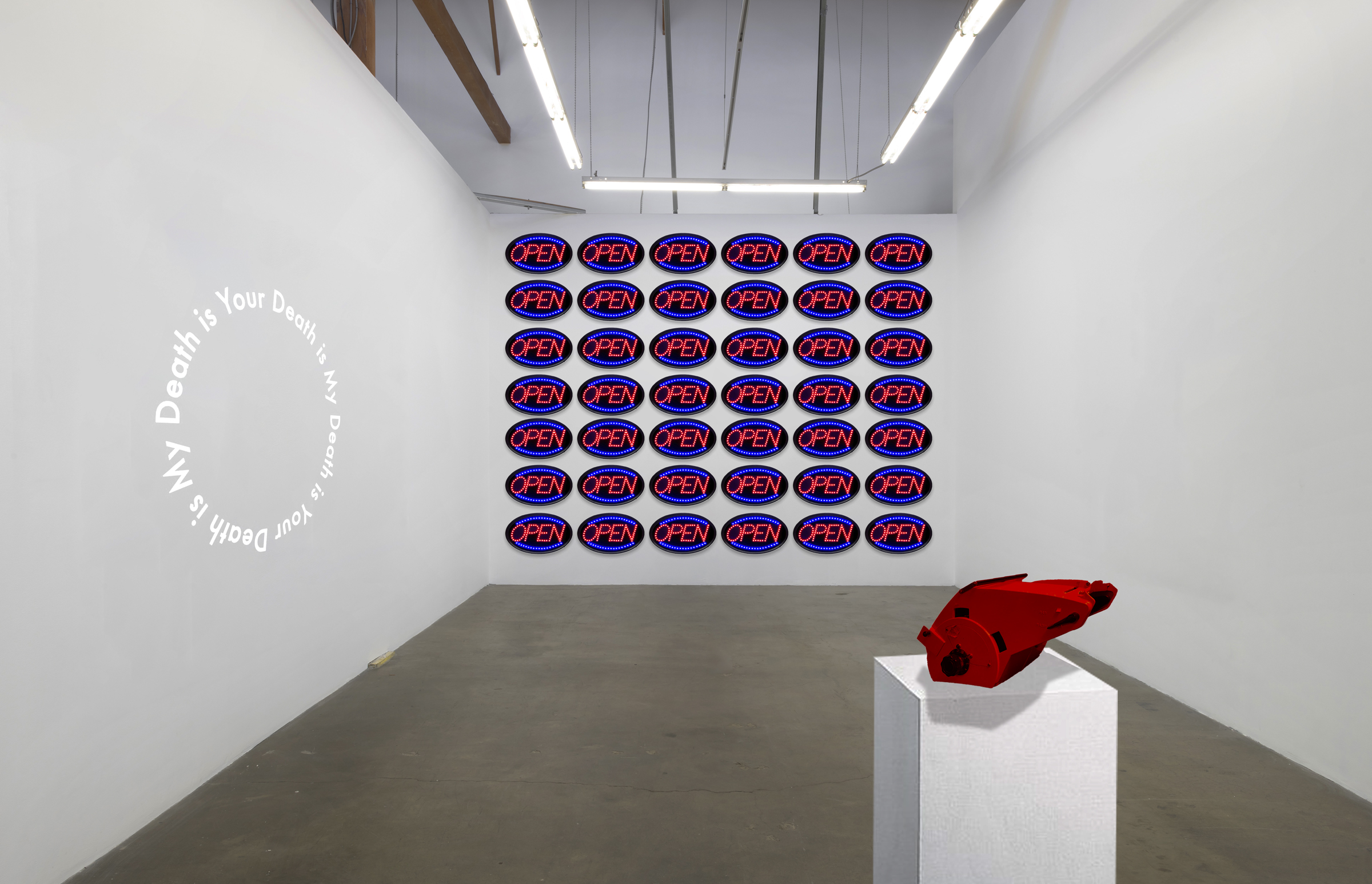
*View Deepanjan Mukhopadhyay’s exhibition here
*For more info on Deepanjan Mukhopadhyay’s work, please visit his website and Instagram

Interview by:
Side x Side Contemporary
Mana Mehrabian & Krista Brand
Side x Side Contemporary
Mana Mehrabian & Krista Brand
Image list:
-Deepanjan Mukhopadhyay, Come Red, It’s Spring (Palash Flower), 2017, Archival pigment print, fire extinguisher, wall
-Deepanjan Mukhopadhay, CURSE: A Study in Acts of Violence, 2017, Looped HD video containing samples of motion capture data
-Deepanjan Mukhopadhyay, Tips for Wealth Redistribution, 2017, Money-gun, US currency, acrylic boxes, metal stands
-Deepanjan Mukhopadhyay, Drop Ceiling, 2017, Site-responsive installation, Modified fluorescent light fixture, chains
-Deepanjan Mukhopadhyay, Measure Me Twice, Cut Me Once: Again, 2017, Archival Pigment Print
-Deepanjan Mukhopadhyay, Simulated installation of MDIYD, OPEN, Vision Tester, 2020 (A simulated installation of works in production as part of Pre/Post/Eros 2.0)
Images © 2020 Deepanjan Mukhopadhyay